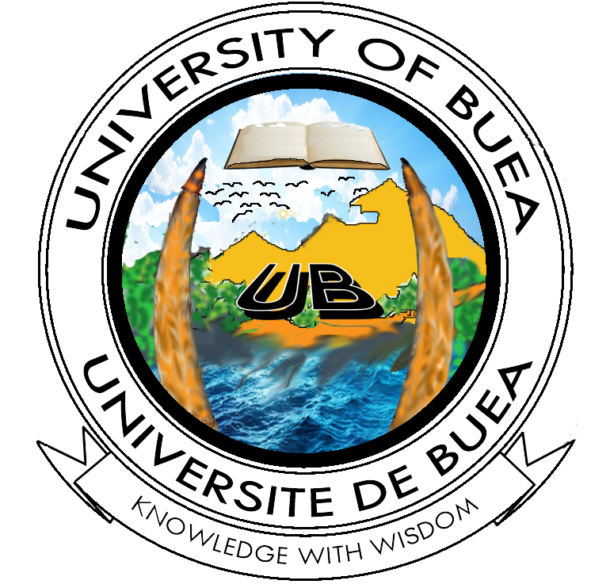| PHY632: Atomic and MolecularPHYsics for MedicalPHYsics | 6 credits (40-20-0) |
Objectives
To discuss fundamental aspects of the physics of radioactivity and the use of unsealed radioisotopes in medical diagnosis and treatment.
Contents
Atomic structure; Physics of the nucleus; Standard model of elementary particles and forces alpha decay; Beta decay; Positron decay, positron annihilation; Radiative nuclear transitions (gamma decay); Internal conversion; Electron capture; Auger electrons; Characteristic x rays; Kinetics of radioactive decay; Radioactive series; Approach to equilibrium; Radioactive equilibrium; Production of radio nuclides; Radioisotope generators; Binomial/Bernoulli statistics; Poisson statistics; Statistical nature of radioactive processes; Radiation detectors and counting systems; Mechanisms of scintillation; Scintillation detectors; Photomultiplier tubes; Analogue to digital converters (ADC); Single channel analyzers; Multichannel analyzers; Interaction of radiation with detectors; Analysis of pulse height spectra; Crystal size approximations; Identification of isotopes; Scintillation distribution; Pulse arithmetic; Tube geometry; Design and construction of collimators; Image quality; Uniformity; Linearity; Energy resolution; Count Algorithms for analysis; Detectors; Sensitivity, scatter, attenuation and count rate problems; Statistical limitations; Instrumentation; Calibration and quality control; Detection process; Reconstruction algorithms; Ring/multi-ring systems; Occurrence of random counts; Attenuation correction


